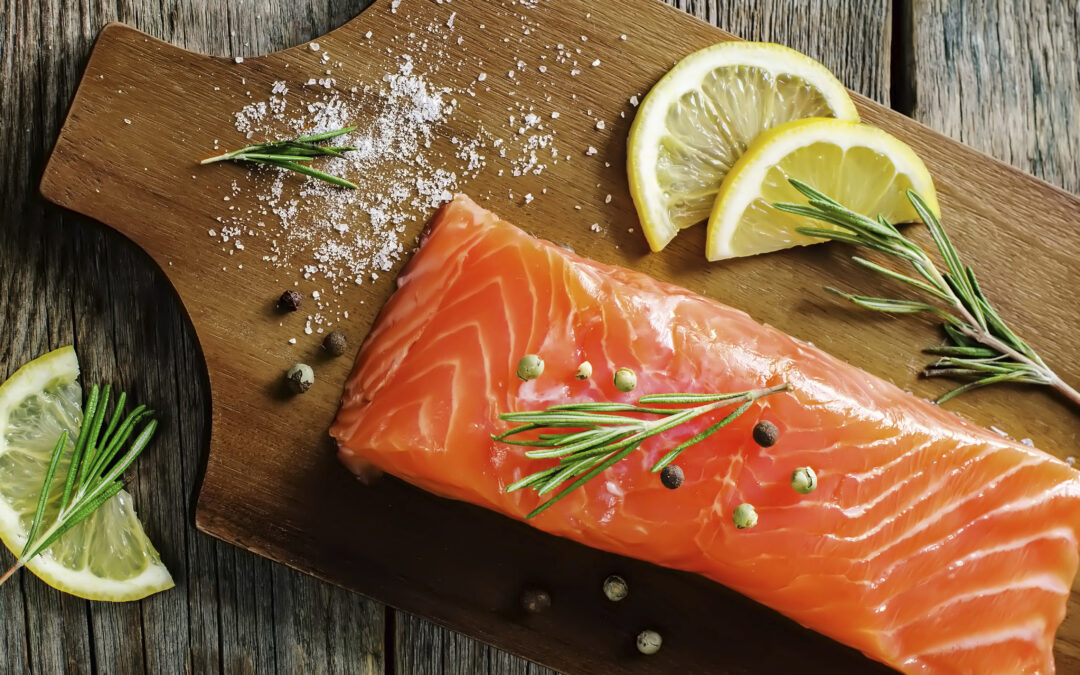by Tracy Gaibisso
MRMed, GradCertWellness, AdvDipNat MATMS
Member of Endometriosis Australia’s Clinical Advisory Committee
If we were to answer this question simply the answer would be no. However there is nothing simple about endometriosis. It is a complex disease with multifactorial considerations and when we talk about diet and endometriosis, simplicity is not a word we think of either.
Endometriosis is a hormone-dependant, inflammatory, gynaecological condition which affects an estimated 176 million individuals around the world.(1) Symptoms can range from mild pelvic pain through to debilitating painful periods and infertility, although these, and additional symptoms are different for every woman. In addition the severity of the pain does not always reflect the severity of the disease.(2)
When we think of diet and endometriosis there are two key areas we focus on, prevention and therapeutic use.
Prevention
There are several issues with obtaining meaningful data from research surrounding a preventative diet.
For true prevention, researchers need an endometriosis free population as a control group. With no current reliable diagnostic blood tests, it means subjects have to undergo laparoscopy (as the gold standard diagnostic tool) to ensure they truly are disease free, which isn’t ideal as it is invasive and costly.
Alternatively women who have already been diagnosed with endometriosis can be assessed for disease progression whilst following a specific diet, however this can also be problematic as asking patients to recall retrospectively what they ate over long periods of time is challenging.
Researchers can adjust for some of these factors when they design the studies. Even then, without studying every component of each food item within the specific diet, it is difficult to know which part of it is having the preventative effect.
Therefore when discussing prevention, we must discuss it in the context of there being no definitive data at present and there are no clear correlations between specific foods and the risk of endometriosis. Further research is needed in this space!
Therapeutic use
What research around diet and endometriosis can show us more clearly is how symptoms may improve or reduce by the addition or removal of some key elements within a diet.
Some key diets that have started to be explored with Endometriosis include:
FODMAPs (Fermentable Oligosaccharides, Disaccharides, Monosaccharides and Polyols) are fermentable carbohydrate molecules in certain foods such as dairy, wheat, rye and certain fruit and vegetables such as apples, pears, peaches, watermelon, onion, garlic, mushrooms, etc. When these molecules are removed or reduced in the diet, it offers some improvements for women who have concurrent Irritable Bowel Syndrome (IBS) with endometriosis (3). Restriction of such a high number of healthy foods however long term is problematic and patients are usually instructed to keep a diet diary and continue removing only the foods that cause an issue while reintroducing all other non-reactive foods long-term.
Anti-inflammatory: while there is no universal anti-inflammatory diet for endometriosis, there are certain components of the diet that can support an anti inflammatory trajectory and can be utilised to construct a modifiable diet. Given that women with endometriosis demonstrate a state of chronic inflammation, dietary factors that reduce inflammation may mitigate some risk or severity of endometriosis.
Protein
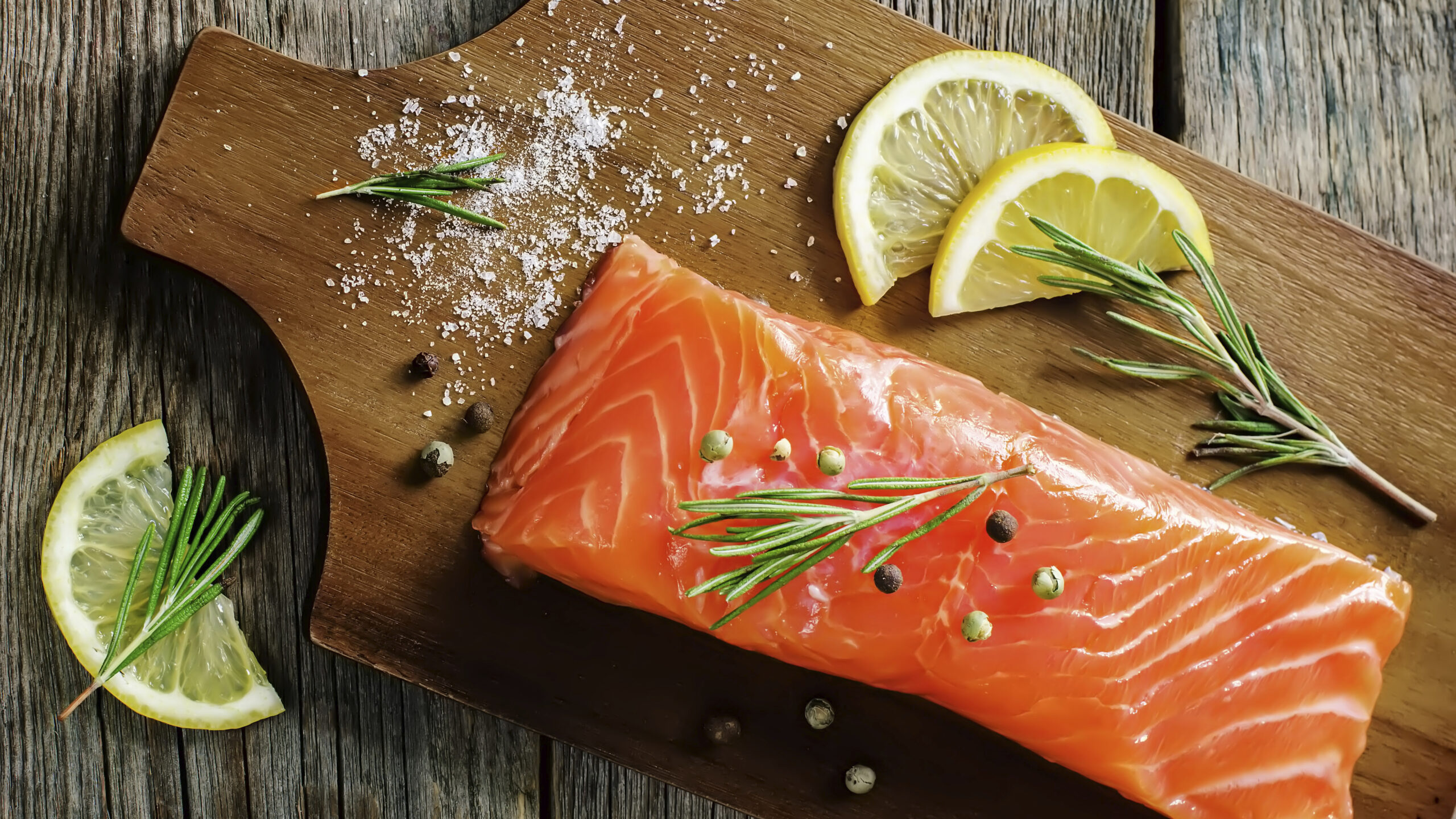
Fish
Omega three oils found in fish, seafood and some seeds seem to decrease inflammatory, hormone-like-substances (prostaglandins).(4) Some prostaglandins can be elevated in the abdominal fluid of women suffering endometriosis and contribute to the mechanism of pain (5). They may also play a role in the survival and growth of endometrial implants, although so far this has primarily only been demonstrated in animal research (5,6). Few studies have looked at the direct effect of fish alone on endometriosis symptoms, however, some researchers suggest that women with endometriosis consume lower levels of Omega 3’s and vegetables 7 and those with higher levels of Omega 3 in their blood have decreased risk of endometriosis (8,9). Other studies suggest what is more important is the ratio of Omega 3 to Omega 6’s oils to reduce inflammation (10). The current standard Australian diet tends to be higher in Omega 6’s relative to Omega 3’s in approximately an 8:1 ratio. The recommended ratio is suggested around 2:1, therefore Australians are nowhere near meeting the recommended intake of the anti-inflammatory Omega 3’s. The average intakes recently were assessed at less than 50% of recommended amounts (11). While the omega-3 content of each fish varies widely, based on what the fish has eaten, consuming a standard piece of salmon 2-3 times per week is enough to meet the recommended intake. However you need to consider alongside this, how much omega 6 foods such as cereals, eggs, poultry, whole grains and nuts, are also being eaten.
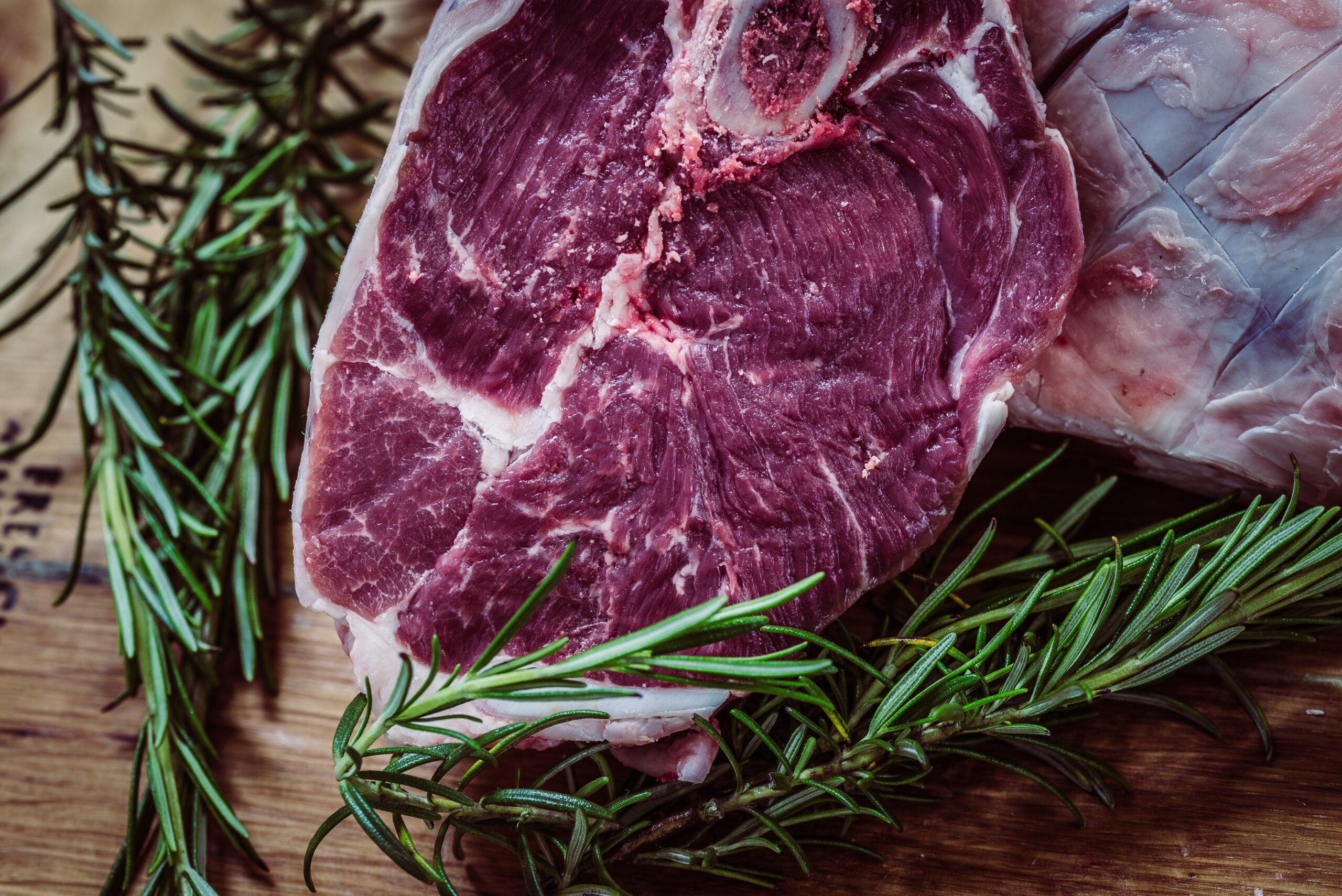
Red meat
Maintaining a diet low in red meat has been recommended for many chronic conditions such as cardiovascular disease and colon cancer (12,13). Research in respect of endometriosis is currently in its infancy although some reviews are now showing reducing the consumption of red and processed meats <2 servings per week can be beneficial not only in the pain of endometriosis, through reduction of inflammation but also in reducing risk. (13,14) This needs to be balanced with the knowledge that many women with endometriosis may have a heavier period, so requirements for iron may be higher. To add more discussion around this area some researchers have suggested that the form of iron found in red meat (heme) can cause issues via a chemical reaction of oxidation of the heme and its effect on endometrial tissue (15). To circumnavigate this, a selection of foods that contain non-heme iron such as dark green leafy greens, fruits, nuts, and seeds may prove useful.
Carbohydrates
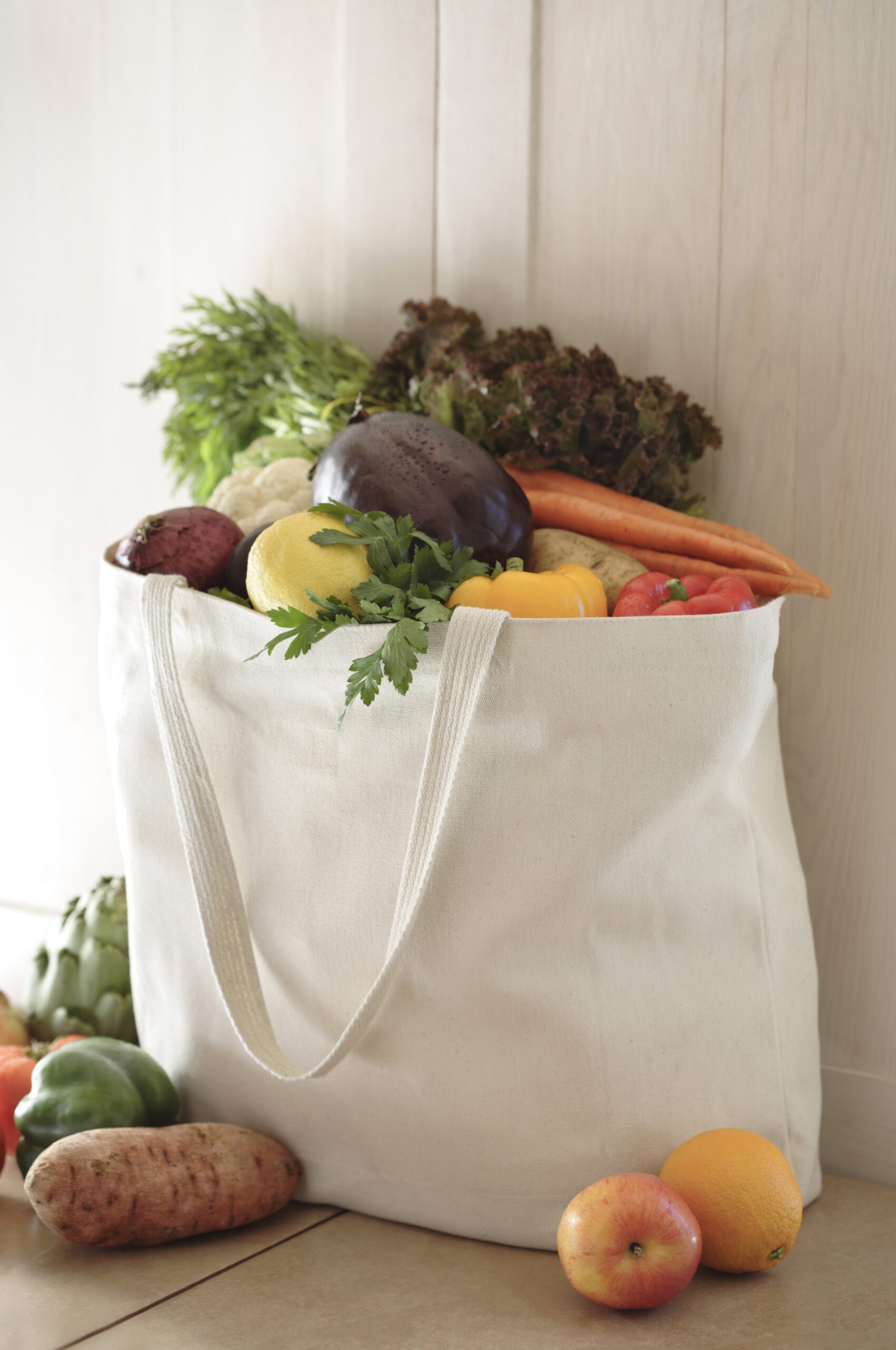
Even vegetables, the one thing we would think would be definitive in making a positive impact, is under debate when studies are done around endometriosis. Whilst we know for general health, compounds contained in fruit and vegetables such as flavonoids and polyphenols have been shown to have a substantial anti-inflammatory and antioxidant effect,(16,17) when we look at them in respect of endometriosis the outcome isn’t so clear. Some small studies do show that these compounds are useful specifically for reducing endometriosis inflammation (16), however for some women, eating more than one serve of vegetables per day from the brassica family (cauliflower, broccoli, cabbage etc.) can increase endometriosis risk (18). Researchers suggest “this may indicate a role of gastrointestinal symptoms in both the presentation and exacerbation of endometriosis-related pain”(18) This indicates to me, not to discontinue this nutritious food group, but to include one portion and then for increased amounts, assess symptoms. It is also worth remembering, the limitations of dietary studies done over long periods of time as mentioned previously requires accurate memory recall, often from many years earlier. Information from the same study, suggested that citrus intake of => 1 piece per day had a positive effect and reduced endometriosis risk, and higher total consumption of fruits and vegetables was beneficial and associated with reduced endometriosis risk.
Fats

Trans fats are types of fats that are usually present in products from ruminant animals such as sheep and cows and are also made synthetically by adding hydrogen to unsaturated vegetable oils, making oil that is normally liquid at room temperature solid (19). Trans fats are present in high amounts in processed foods such as margarine, pastries, pizza, crackers, biscuits cakes, baked goods and coffee creamer and have been implicated in chronic heath conditions such as diabetes and cardiovascular disease (19).
Several studies (8) have suggested that endometriosis risk increases when higher amounts of trans fats are consumed in the diet or when trans fats are substituted for carbohydrates. They have also been shown to have a negative impact on period pain for endometriosis sufferers (20). In line with general health recommendations, it is best to remove or minimise trans-fats in the diet to below 1% (8,19).
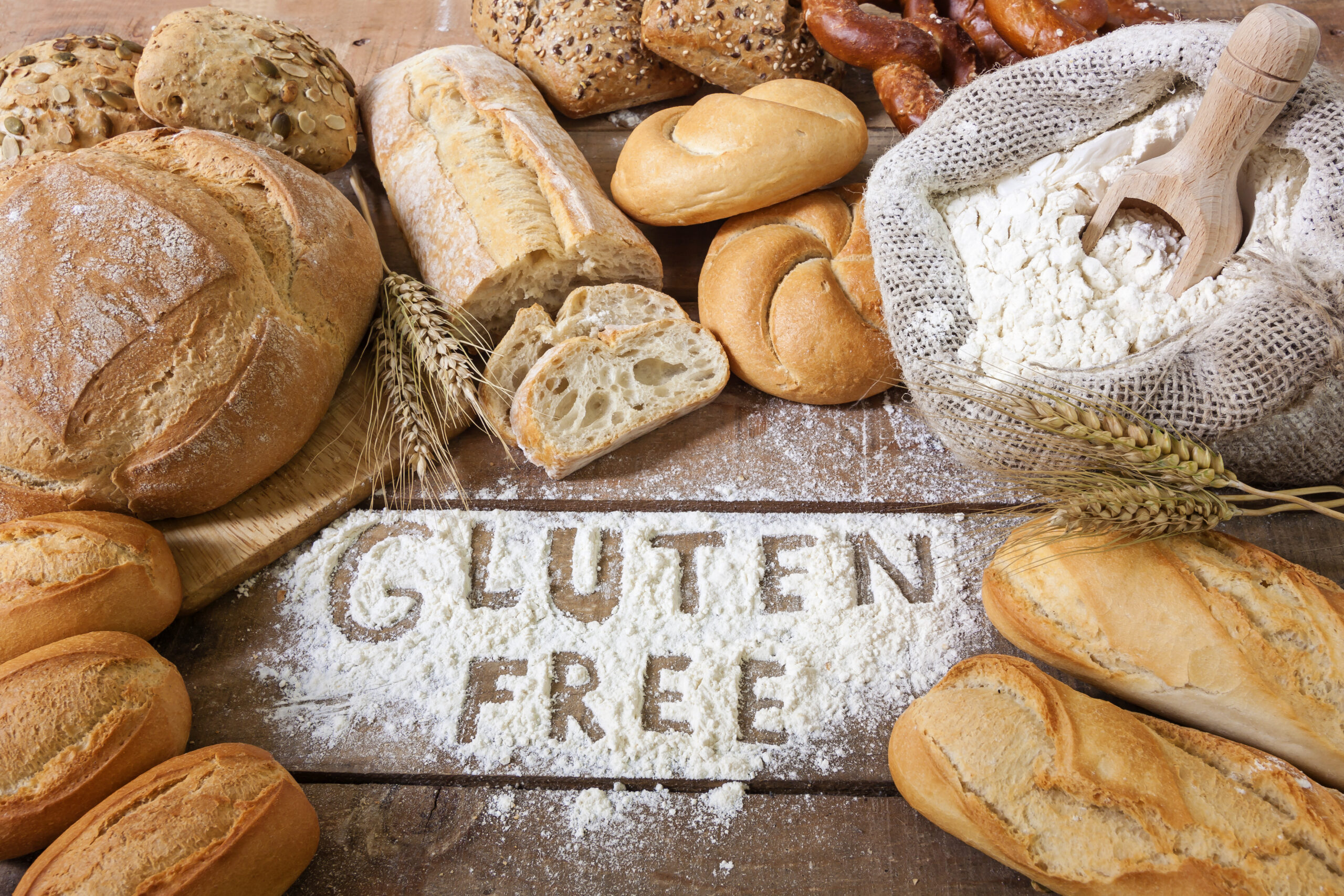
Gluten Free
Gluten is a protein found primarily in the grains wheat, barley, rye and oats although it is commonly found in other common foods such as beer, bottled condiments, sausages and is present as a thickening in many shop bought sauces.
Coeliac disease is a life long immune-mediated disease, where the lining of the gut atrophies under the presence of gluten. People who have coeliac disease need to remove all sources of gluten from their diet to obtain optimum function of their digestive system. It was suggested in one study that’s endometriosis may have an association with prior coeliac disease (21) and there have been case studies where women have had both issues concurrently (22). It is likely that given how common both problems are, that one does not cause the other, but only that they occur by chance for some (unlucky) people.
Most people do not have coeliac disease, but many report having some type of non coeliac gluten sensitivity ( NCGS) (23) with symptoms such as flatulence, bloating and disturbed bowel function, similar to some of the endometriosis bowel symptoms. However, only one study so far has been carried out looking at the benefits of a gluten free diet on endometriosis symptoms (24). This was done over a period of 12 months primarily looking at its effect on painful intercourse, painful periods and generalised pelvic pain, together with quality of life.
The results were positive, recording that 75% of people had improved pain perception in all areas and improved quality of life, with no worsening of pain in the remaining 25%, however the study was retrospective meaning it relied on study participants to remember events from the past and that makes is more difficult to be certain of the results. Generally, if you remove gluten from our diet and you feel better for it, then that is a good outcome. This is not an essential nutrient, so if this reduced symptoms then continue!
Dairy
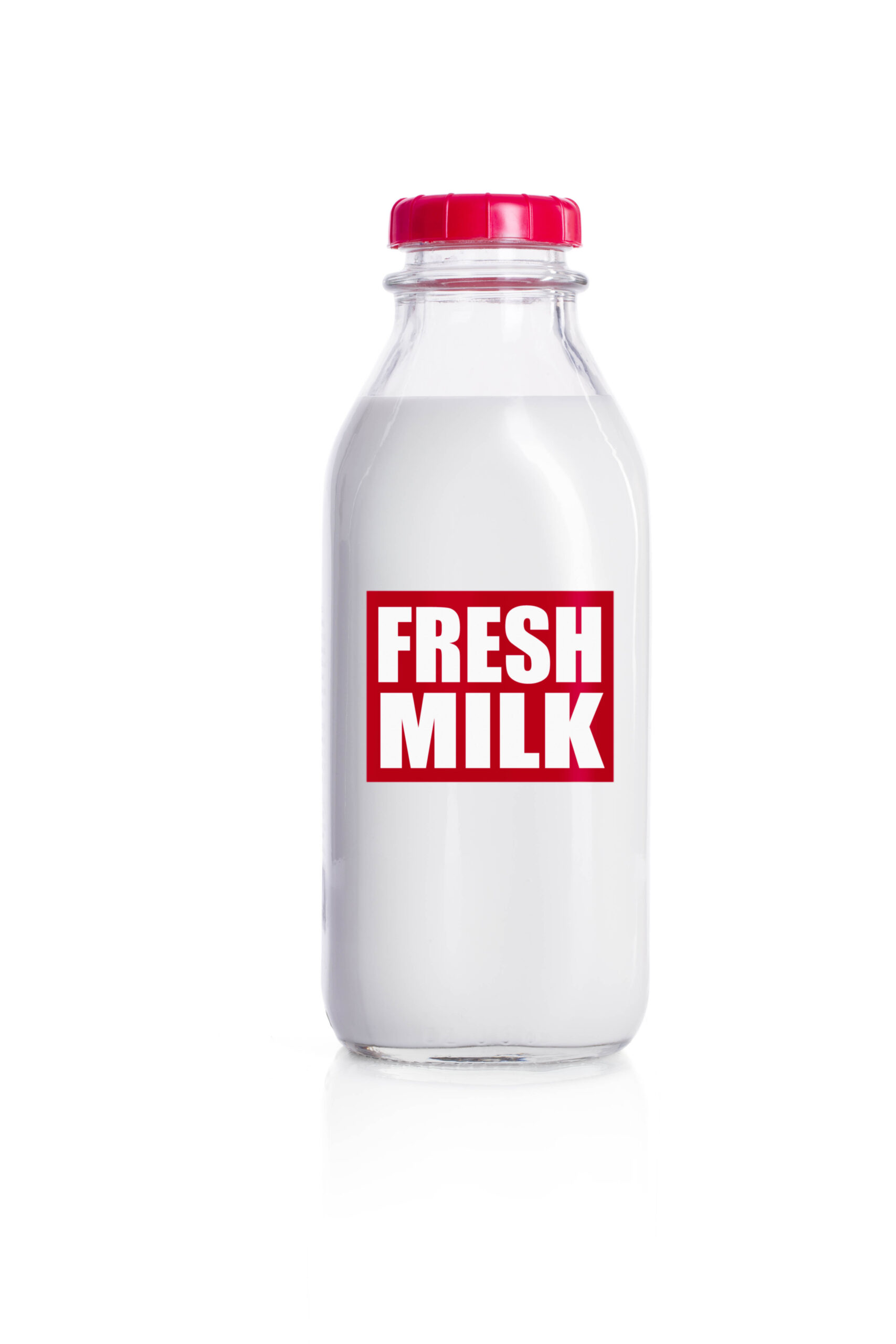
Studies on dairy and endometriosis are inconclusive. From a health perspective, dairy contains high amounts (62%) of saturated fats (25) the milk sugars lactose (26) (a type of FODMAP) galactose and the protein casein (25). It also contains several beneficial nutrients such as calcium, phosphorus, vitamin A, vitamin D, riboflavin, vitamin B12, potassium, zinc, choline, magnesium, selenium, conjugated linoleic acid (25) and various hormones such as prolactin, oestrogen, progesterone, corticoids, androgens, prostaglandins and IGF-1 (27)
There have been some concerns that due to the high saturated fat, hormones and milk’s effect on increasing serum IGF 1 (28,29), – a protein that may contribute to promoting endometrial lesion growth. Studies so far do not offer conclusive evidence either way with various dairy products such as cheese and yoghurt acting differently than milk in increasing IGF1 (29) and studies of saturated fat intake showing mixed results (6). Complicating this is that a very large study done over a long period of time called the Nurses Health study showed that women who consumed more than 3 servings a day of dairy were 18% less likely to be diagnosed with endometriosis than women eating only 2 servings per day (30). So that means you don’t have to cut out dairy if you are feeling OK when you eat or drink anything from this group.
Summary
Studying the effect on diet and disease is very complicated, takes a huge amount of time and money and is difficult because it is hard for subjects to limit their intake (imagine being put into a study group where you could only eat red meat for example!). In light of the conflicting evidence around diet and endometriosis, many clinicians will adopt a practical approach that can be called RA-RA, (Remove, Assess, Reintroduce, Assess). It is exactly as it sounds. Take out things from your diet, see if you feel better, then bring them back in and see how you feel then. This is a trial and error program that is completely under your direction and your control and we know different foods upset different people with endometriosis, so there is no universal recommendation. Until there is stronger evidence to support clinical direction, this seems to be the best option. No one diet has been shown to increase risk, or progression of endometriosis, because of the problems of such studies.
Of course, the more research that is done and the more we know about the cause of endometriosis the more we will be able to refine the use of diet, and support its use as a therapeutic tool to add to our endometriosis toolboxes.
Donate to Endometriosis Australia today and help end endo.
References
1) https://endometriosis.org/resources/articles/facts-about-endometriosis/ accessed 23.4.20
2) Szendei G et al 2005: Is there any correlation between stages of endometriosis and severity of chronic pelvic pain? Possibilities of treatment. Gynecol Endocrinol. 21(2):93–100.
3) Moore J et Al 2017: “Endometriosis in patients with IBS: Specific symptomatic & demographic profile and response to the low FODMAP diet.” ANZJOG; 57, (2): 201-205).
4) Fereidoon S et al 2018: Omega-3 Polyunsaturated Fatty Acids and Their Health Benefits
Annual Review of Food Science and Technology 9:1, 345-381
5) Arosh JA et al 2015: Molecular and preclinical basis to inhibit PGE2 receptors EP2 and EP4 as a novel nonsteroidal therapy for endometriosis. Proc Natl Acad Sci USA; 112(31):9716–9721.
6) Jurkiewicz-Przondziono J et al 2017: Influence of diet on the risk of developing endometriosis. Ginekol Pol;88(2):96–102.
7) Parazzini F et al 2013: “Diet and endometriosis risk: A literature review”:.Reproductive BioMedicine Online; 26, 323–336
8) Missmer SA, et al 2010: A prospective study of dietary fat consumption and endometriosis risk. Hum Reprod. Jun; 25(6):1528-35.
9) Hopeman MM et al 2015: Serum Polyunsaturated Fatty Acids and Endometriosis. Reprod Sci;22(9):1083–1087.
10) Gazvani MR et al 2001:. High omega-3:omega-6 fatty acid ratios in culture medium reduce endometrial-cell survival in combined endometrial gland and stromal cell cultures from women with and without endometriosis. Fertil Steril;76(4):717–722.
11) Meyer BJ. 2016: Australians are not Meeting the Recommended Intakes for Omega-3 Long Chain Polyunsaturated Fatty Acids: Results of an Analysis from the 2011-2012 National Nutrition and Physical Activity Survey. Nutrients;8(3):111. Feb 24.
12) Czerwonka M, Tokarz 2017: Iron in red meat-friend or foe. Meat Sci;123:157–165.
13) Simmen RCM, Kelley AS. 2018: Seeing red: diet and endometriosis risk. Ann Transl Med.;6(Suppl 2):S119
14) Yamamoto A et al 2018: A prospective cohort study of meat and fish consumption and endometriosis risk.Am J Obstet Gynecol. Aug; 219(2):178.e1-178.e10.
15) Kobayashi H et al 2009: The role of iron in the pathogenesis of endometriosis. Gynecol Endocrinol;25(1):39–52.
16) González R et al 2011: Effects of Flavonoids and other Polyphenols on Inflammation, Critical Reviews in Food Science and Nutrition, 51:4, 331-362.
17) Dull AM et al 2019: Therapeutic Approaches of Resveratrol on Endometriosis via Anti-Inflammatory and Anti-Angiogenic Pathways. Molecules. 24(4):667.
18) Harris HR et al 2018: Fruit and vegetable consumption and risk of endometriosis. Hum Reprod;33(4):715–727.
19) Wanders AJ, et al 2017:. Trans Fat Intake and Its Dietary Sources in General Populations Worldwide: A Systematic Review. Nutrients;9(8):840. Published 2017 Aug 5.
20) Hansen SO, Knudsen UB 2013: Endometriosis, dysmenorrhoea and diet. Eur J Obstet Gynecol Reprod Biol;169(2):162–171.
21) Caserta D et al 2014: Celiac disease and endometriosis: an insidious and worrisome association hard to diagnose: a case report. Clin Exp Obstet Gynecol;41(3):346–348.
22) Stephansson O et al 2011: Risk of endometriosis in 11 000 women with celiac disease, Human Reproduction, Volume 26, Issue 10, October,Pages 2896–2901,
23) Biesiekierski JR et al 2015:. Non-coeliac gluten sensitivity: piecing the puzzle together. United European Gastroenterol J;3(2):160–165.
24) Marziali M et al 2012:. Gluten-free diet: a new strategy for management of painful endometriosis related symptoms? Minerva Chir; 67(6): 499–504.
25) https://www.nutritionaustralia.org/sites/default/files/Dairy%20Nutrients_Printable%20PDF.pdf accessed 24.Apr.2020
26) Catassi G et al 2017: The Low FODMAP Diet: Many Question Marks for a Catchy Acronym. Nutrients;9(3):292. Published Mar 16.
27) Sutariya,S et al 2018: Review: Milk and milk products, insulin-like growth factor-1 and cancer. ECNU, 13(11): 696-705. 27.
28) Harrison S et al 2017: Does milk intake promote prostate cancer initiation or progression via effects on insulin-like growth factors (IGFs)? A systematic review and meta-analysis. Cancer Causes Control;28(6):497–528.
29) Romo Ventura E et al 2019: Association of dietary intake of milk and dairy products with blood concentrations of insulin-like growth factor 1 (IGF-1) in Bavarian adults [published online ahead of print May 14]. Eur J Nutr. 2019;10.1007/s00394-019-01994-7.
30) Harris HR et al 2013:. Dairy-food, calcium, magnesium, and vitamin D intake and endometriosis: a prospective cohort study. Am J Epidemiol;177(5):420–430.

